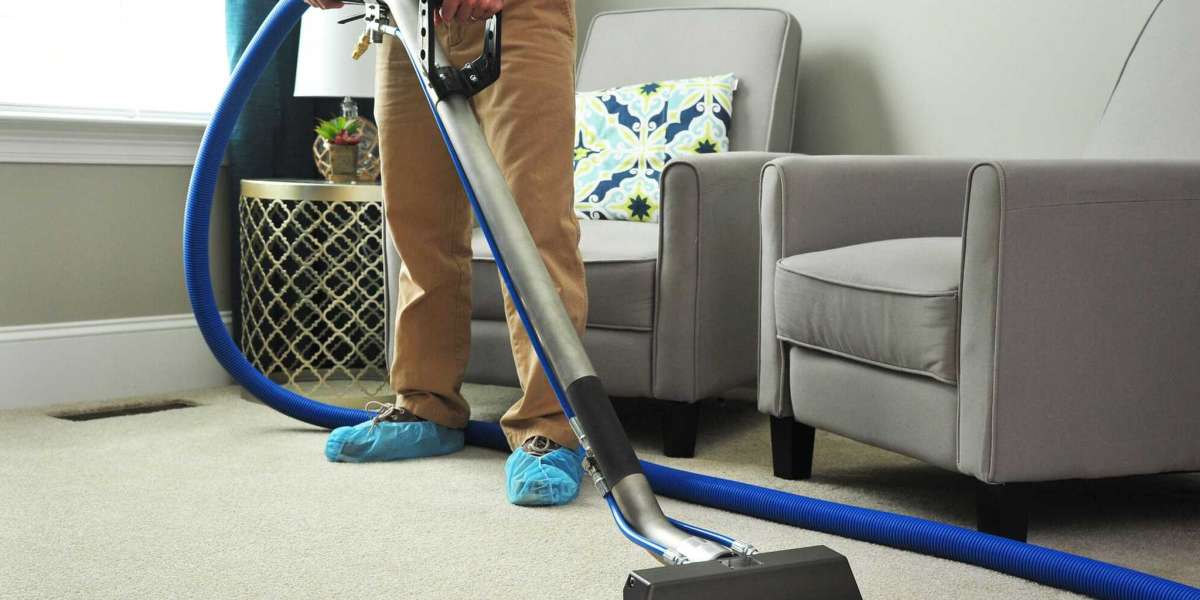Introduction
The Miller laryngoscope blade is a crucial tool in airway management, particularly in anesthesiology and emergency medicine. Known for its straight design and enhanced visualization capabilities, the Miller blade has been widely used for intubation, especially in pediatric and difficult airway cases.
History and Evolution
The Miller laryngoscope blade was introduced in 1941 by Dr. Robert A. Miller, an anesthesiologist who sought to improve intubation techniques by designing a straight blade that provided direct control over the epiglottis. Unlike the curved Macintosh blade, which displaces the epiglottis indirectly, the Miller blade lifts it directly, allowing for a clear view of the vocal cords.
Over the decades, the Miller blade has undergone various modifications, including improvements in material, ergonomics, and integration with fiber-optic technology to enhance visualization. Today, it remains one of the most preferred blades in airway management, especially for neonates and small children.
Design and Structure
The Miller blade is characterized by its:
Straight shape: Unlike the Macintosh blade, the Miller blade does not have a curve, making it ideal for lifting the epiglottis directly.
Flange positioning: The flange is positioned along the right side of the blade to provide an unobstructed view.
Narrow tip: The tapered tip facilitates precise epiglottis manipulation, making it useful for challenging airways.
Material composition: Available in stainless steel, plastic, and fiber-optic variants, ensuring durability and compatibility with modern visualization systems.
Various sizes: The Miller blade comes in sizes ranging from 000 to 5, catering to neonates, infants, children, and adults.
Clinical Applications
The Miller laryngoscope blade is commonly used in the following scenarios:
Pediatric Intubation: Due to its ability to lift the floppy epiglottis of neonates and infants, the Miller blade is the preferred choice for pediatric airway management.
Difficult Airways: Patients with a high anterior larynx or small jaw structure benefit from the Miller blade’s design, which allows for better glottic visualization.
Neurosurgical Procedures: When minimal cervical spine movement is required, the Miller blade is preferred over curved alternatives.
Emergency Airway Management: Its precise control over the airway structures makes it invaluable in emergency and trauma settings.
Fiber-Optic Assisted Intubation: Modern Miller blades integrate fiber-optic technology to improve visualization in challenging intubations.
Advantages of Miller Laryngoscope Blades
Enhanced Epiglottis Control: Directly lifts the epiglottis, providing a clearer view of the vocal cords.
Ideal for Pediatric Patients: The narrow blade is particularly effective in managing small and anatomically different pediatric airways.
Better Visualization: The straight design prevents the tongue from obstructing the view, enhancing intubation success.
Reduced Cervical Spine Manipulation: Beneficial for patients with spinal injuries or limited neck mobility.
Versatile Size Range: Suitable for neonates to adults, making it a versatile tool in various medical settings.
Challenges and Considerations
Despite its many benefits, the Miller laryngoscope blade also presents some challenges:
Steeper Learning Curve: Compared to the Macintosh blade, the Miller requires precise control and experience for effective use.
Potential for Trauma: Direct lifting of the epiglottis may lead to soft tissue injury if not performed carefully.
Limited Tongue Control: Unlike curved blades, which sweep the tongue aside, the Miller blade requires meticulous handling to avoid obscured vision.
Not Always Ideal for Adults: While effective in some adult cases, many practitioners prefer the Macintosh blade for general adult airway management.
Best Practices for Using the Miller Blade
Proper Positioning: Ensure the patient is in the sniffing position to optimize airway alignment.
Gentle Epiglottis Manipulation: Lift the epiglottis carefully to prevent trauma.
Use Appropriate Blade Size: Selecting the correct blade size is crucial for successful intubation.
Integrate Fiber-Optic Tools: When available, use fiber-optic-assisted Miller blades for enhanced visualization.
Practice in a Controlled Setting: Mastering the technique requires practice in simulated environments before use in critical situations.
Conclusion
The Miller laryngoscope blade remains an indispensable tool in airway management, particularly for pediatric patients and difficult airway scenarios. Its straight design, direct epiglottis control, and improved visualization make it a preferred choice among anesthesiologists and emergency medicine practitioners. While it requires expertise and careful handling, its advantages outweigh the challenges, making it a valuable addition to modern airway management techniques.














